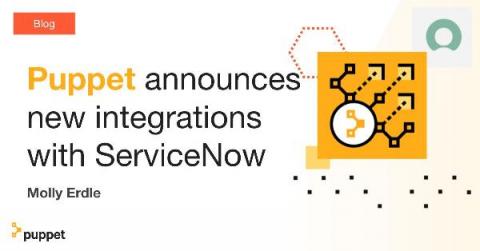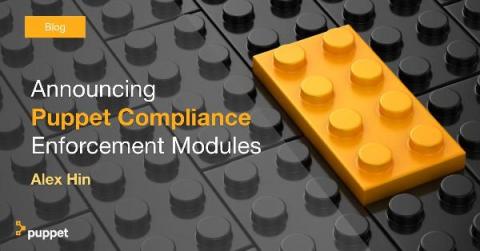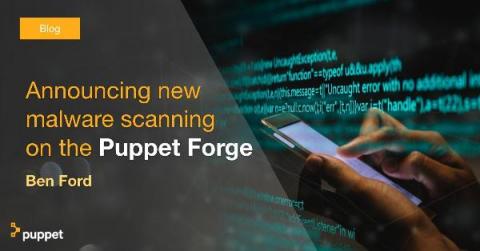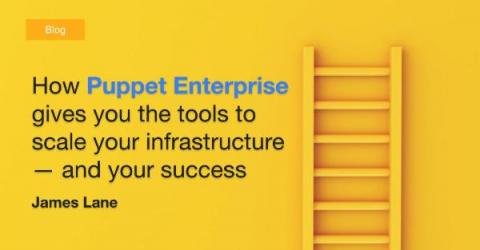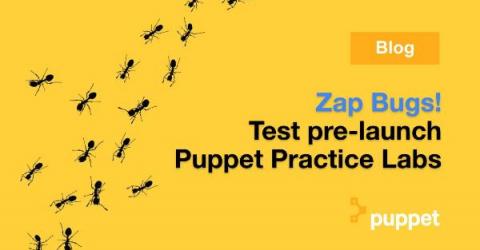Improve data accuracy and reliability with the Puppet CMDB Sync for ServiceNow
It can be challenging to manage enterprise infrastructure across hybrid cloud and on-premises environments with accurate and timely tracking asset details — especially if you don't know what you have. The more systems deployed, the more visibility is necessary for your IT operations teams to meet critical business Service Level Agreements successfully.


